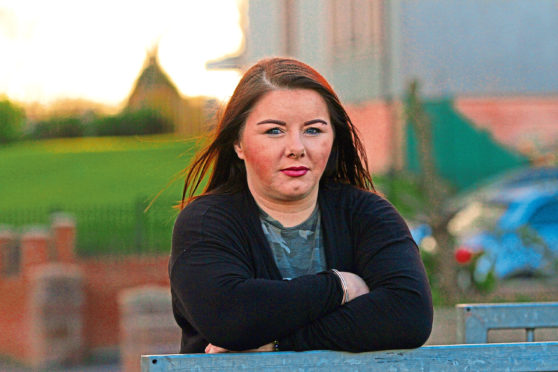A new study suggests the number of the city’s problem drug users has fallen for the first time in a decade.
NHS Scotland’s research into the prevalence of drug users has concluded that there are between 2,200-2,400 problem drug users in the Dundee city area.
It is the equivalent of 2.3% of the adult population aged between 15 and 64 – the fourth-highest prevalence rate in Scotland.
The majority of problem drug users – about 1,600 – are men and the majority of users are likely to be aged between 35-64.
The figures were produced following a long-term study that began in 2016 and is repeated by researchers every three years.
Analysis of previous studies suggests that the prevalence of drug use in Dundee is in decline.
The next most recent study, which concluded in 2016, put Dundee’s prevalence rate at 2.8%, the third-highest in Scotland.
In 2013, prevalence was as high as 3.3%, second only to Glasgow.
Prevalence rates of drug use across Scotland have fallen from 1.71% in the 2013 report to 1.62% in the latest research.
However, NHS Scotland has warned that changes in how it collects the data – from hospitals, social work offices and drug treatment services – means a reduction may not be a foregone conclusion.
And Sharon Brand, of the support movement Recovery Dundee, said the figures may not paint a true picture of problem drug use in the city.
She said: “I respect the figures the NHS have got but they are only a reflection of those who access services in the city.
“There’s a huge number of people that will never access drug services because they use drugs like cocaine.
“I don’t think there are fewer people using drugs – there are fewer people accessing services because support isn’t there for the drugs they use.”
Dundee has the highest rate of drug deaths per head of population of any council area in Scotland.
There were 51 drug-related deaths in the city in 2017, up from 38 the year before – equal to 0.25 deaths per 1,000 population, far above the national average of 0.14.
Local medical experts say trends such as the rise of so-called street valium and “gabas” such as pregabalin, gabapentin and diazepam remain a cause for concern.
